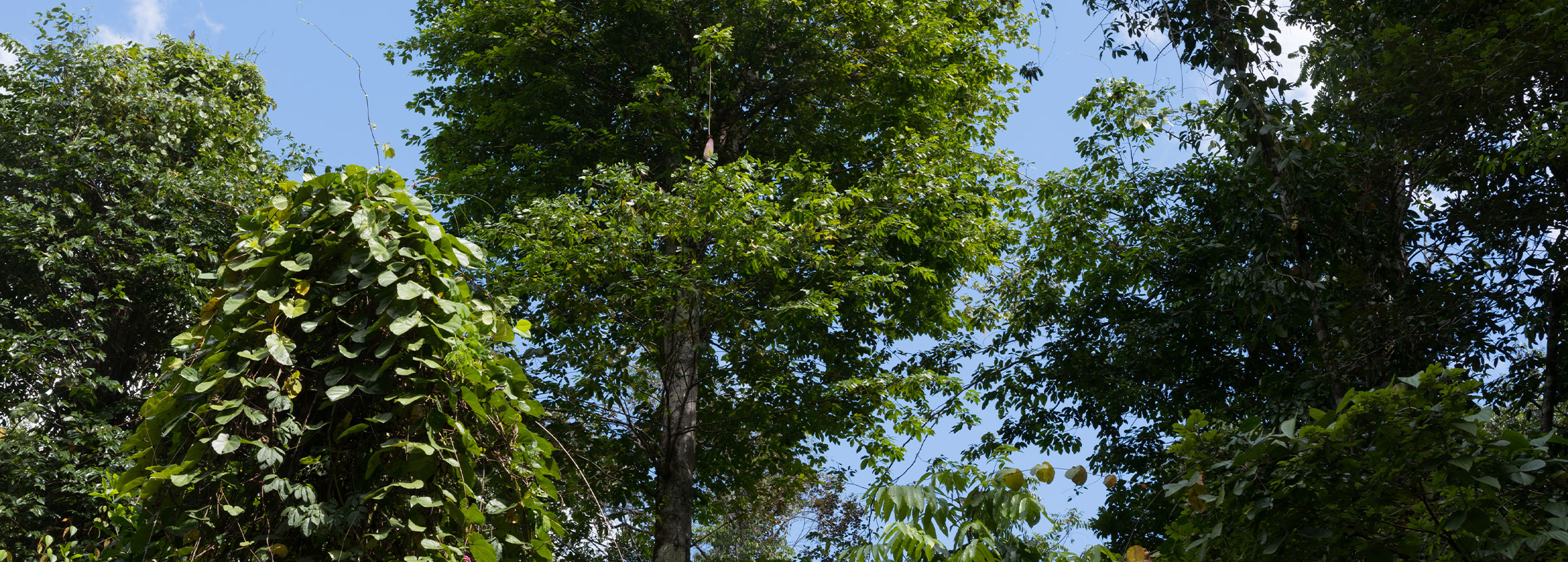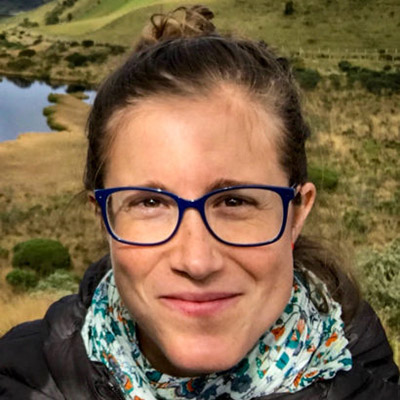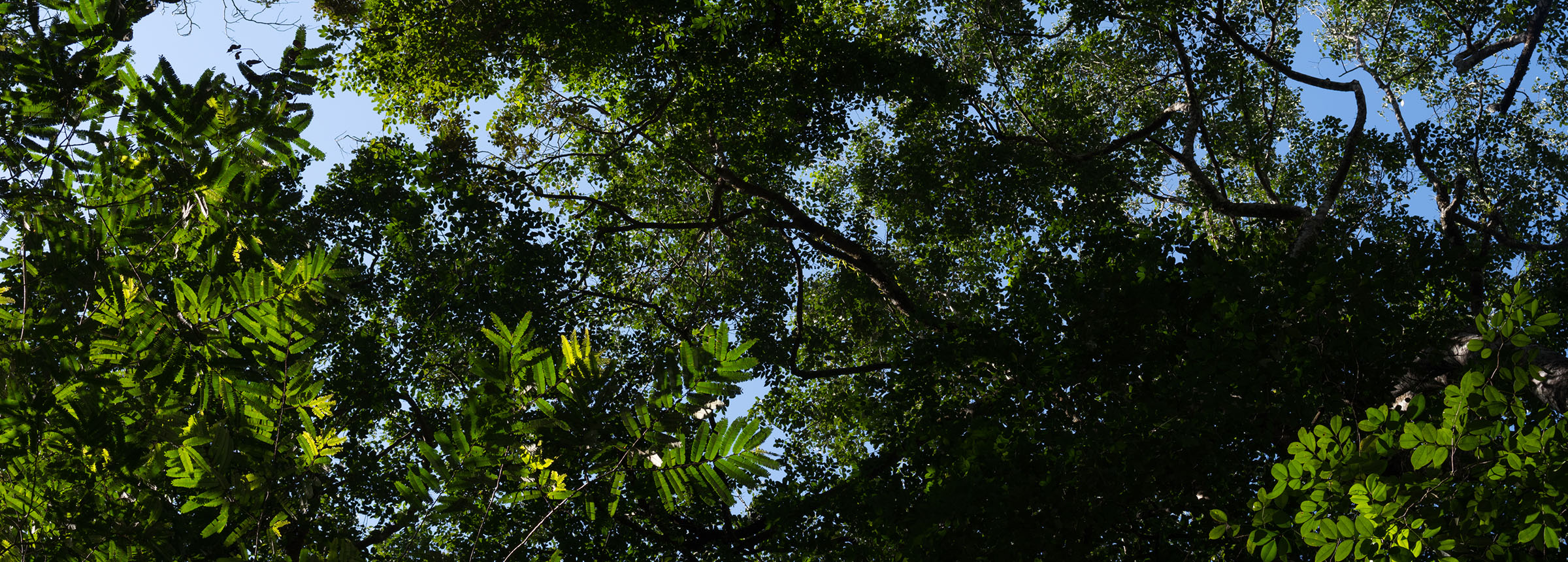
How much does forest restoration benefit climate?
This new calculator can put a number on it.
Blanca Bernal, Lara Murray and Timothy Pearson
The Paris Agreement was a historic turning point in climate negotiations. As a global commitment toward changing the development trajectories of countries around the world, it acknowledged the reality of climate change and the imperative to mitigate the rise of global temperatures by reducing national greenhouse gas (GHG) emissions. Signatories agreed to a 2-degree Celsius maximum acceptable increase in global temperatures and made pledges to reduce their GHG emissions by 2030.
While this was a critical step in slowing the global pace of rising emissions, many remain skeptical about whether these climate targets are going to be meaningfully set in place. Furthermore, scientific evidence indicates that 2 degrees Celsius is not going to be enough to stop climate change impacts.
The specifics on each signatory’s pledge and plans to lower emissions are contained in their Nationally Determined Contributions (NDCs). Countries have adopted a wide range of strategies to do so, from policies to increase renewable energy to reducing forest degradation and loss. One high-profile global strategy is to increase forest cover, given that trees pull and store carbon from the atmosphere. NDC pledges to increase forest cover are often linked with other international pledges to expand Forest Landscape Restoration (FLR) efforts, including the Bonn Challenge and the New York Declaration of Forests.
Yet under these restoration commitments, countries pledge a total restoration area – not targeted greenhouse gas reductions linked to the NDC. Many countries struggle to reliably estimate how much carbon their forest landscape restoration efforts store and therefore accounting is poor or even absent when tracking progress toward meeting NDC goals.
FLR activities are diverse and a range of factors like species, environmental conditions and management practices affect how much carbon is stored. The main resource for estimating carbon stored in forests are the IPCC Guidelines, yet only a few types of forest restoration activities, such as plantations and natural regeneration, are included — and no confidence range for results is offered. So countries that want to include their FLR activities in national greenhouse gas accounting often must rely on experts to do in-country assessments, which are costly and time consuming.
Recognizing the wealth of research and data available around the world on the carbon storage from forest landscape restoration activities, Winrock worked to meet this need cost-effectively and reliably. Data on carbon sequestration (a.k.a. removals or storage) from agroforestry, planted forests and woodlots, natural regeneration and mangrove restoration activities around the world were collected, grouped and modeled to produce a global database of standard annual rates of carbon removals. To make this data even more accessible, Winrock created an easy-to-use online FLR Carbon Storage Calculator that produces custom estimates and visualizes the benefits of different FLR activities over time in specific locations worldwide.
We all recognize that decisions and policies about natural resources, including climate change, should be based on scientific evidence. Yet many cannot access the data. While information may be available, it is often not in a format that non-experts can use. By collecting, organizing and synthesizing data (backed up by published methods and results) and then presenting it in a user-friendly tool, Winrock has bridged this gap.
Practitioners, policymakers, analysts and academics worldwide can now use the FLR Carbon Storage Calculator to understand and easily compare scientifically robust estimates of the impact forest landscape restorations have. This can help stakeholders evaluate benefits and track progress toward NDC commitments — a critically important step to ensuring that the Paris Agreement can be realized.



Related Projects

